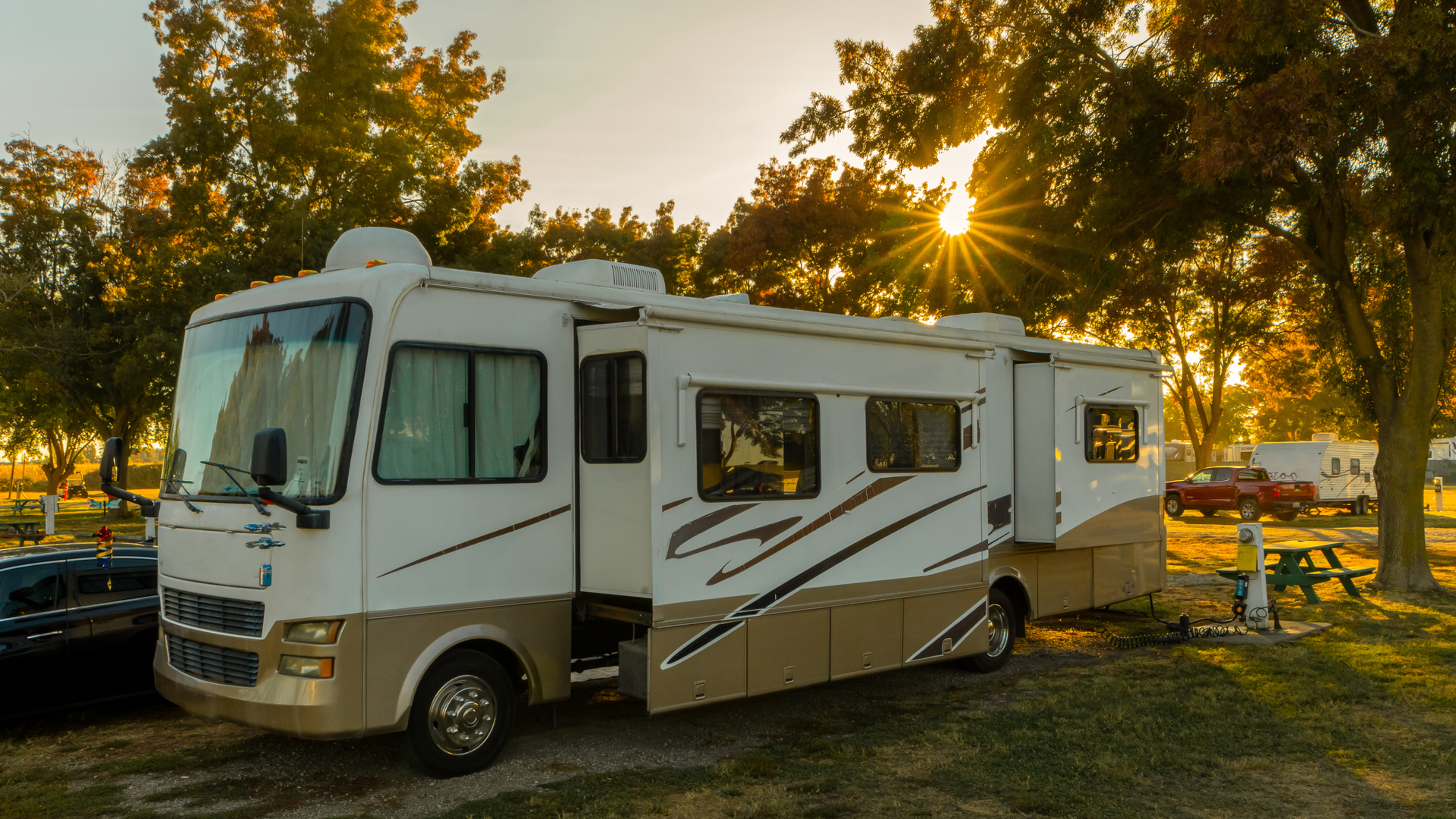The Complete Guide: How to Budget for Crew Housing for Construction Crews
Every construction project is a balancing act of time, labor, and money. Project managers and contractors are used to keeping a close eye on materials, equipment, and payroll—but one of the most overlooked (yet critical) factors is crew housing.
Housing is not just a logistical afterthought. Where your crew sleeps, eats, and recovers affects safety, productivity, retention, and ultimately the success of the project.
But here’s the challenge: if you don’t budget correctly, you can end up in one of two risky situations:
- Budgeting too low, leaving crews stuck with inadequate, unsafe, or distant housing options.
- Budgeting too high, draining funds that could have gone into labor, equipment, or meeting deadlines.
So how do you find the balance? This guide will walk you through everything you need to know about budgeting for crew housing:
- Why housing costs matter more than you think
- The key factors that shape your housing budget
- How to calculate a realistic housing budget step by step
- Tips to maximize comfort without overspending
- How Hard Hat Housing simplifies the process
By the end, you’ll be equipped with a framework that helps you create a housing budget that works—for your project, your crews, and your bottom line.
Why Crew Housing Deserves a Dedicated Budget
Before we get into the numbers, let’s address a fundamental question: why does housing deserve its own clear line item in your budget?
1. Safety and Productivity Are at Stake
Fatigued workers are unsafe workers. According to the National Safety Council, up to 13% of workplace accidents are linked to fatigue. When crews don’t have proper housing—whether that means overcrowded rooms, long commutes, or poor-quality beds—they don’t recover properly. That shows up as reduced focus, slower performance, and higher risk of accidents.
2. Poor Housing Costs More in the Long Run
Yes, cutting corners on housing might seem like a way to save upfront. But the hidden costs—higher turnover, increased mistakes, rework, medical leave, and delayed timelines—can balloon quickly. Investing in proper housing often ends up cheaper than dealing with the consequences of inadequate housing.
3. Housing Impacts Retention
Crews who feel cared for are more loyal and less likely to quit mid-project. High turnover isn’t just disruptive; it’s expensive. Replacing a worker can cost $6,000–$15,000 when you factor in recruitment, training, and downtime.
4. It Reflects on Your Company’s Reputation
When you house crews well, it signals respect. That message spreads through workers, subcontractors, and even the community. Over time, it strengthens your reputation as a company that values people as much as progress.
Factors That Shape Your Crew Housing Budget
No two projects are the same, which means no two housing budgets will be identical. To budget effectively, you need to account for the following:
1. Crew Size
The first and most obvious factor. The number of workers directly affects the number of bedrooms, beds, bathrooms, and overall square footage required.
2. Length of Stay
Is the project expected to take 6 weeks, 6 months, or over a year? Longer stays typically mean better pricing options (monthly rates are lower than weekly), but they also require housing that’s more durable and comfortable for long-term use.
3. Location
Housing near the job site saves hours of commuting and fuel costs, even though, sometimes, housing far away may look cheaper, but the hidden costs of lost time and tired crews often outweigh the savings.
4. Type of Housing
Your options might include:
- Single-family homes
Apartments/condos - Townhouses
- Hotels or motels (less ideal for long stays)
- Dedicated crew housing (via Hard Hat Housing)
Each comes with different costs, amenities, and maintenance requirements.
5. Amenities and Comfort
A property with laundry, full kitchens, and reliable internet might cost more upfront but saves crews time and money daily. Plus, these amenities increase retention and morale.
6. Utilities and Services
Don’t forget to factor in:
- Electricity, gas, water
- Internet and cable
- Monthly cleanings
- Trash collection
- Maintenance and repairs
7. Contingencies
Projects shift—timelines extend, crews expand, emergencies arise. Build flexibility into your housing budget to account for unexpected changes.
Step-by-Step: How to Calculate Your Crew Housing Budget
Here’s a practical framework you can use.
Step 1: Define Crew Needs
- How many workers need housing?
- How many bedrooms are required?
- How long will they stay?
Example:
- 12 workers
- 4 bedrooms (3 per room, semi-private)
- 4 months
Step 2: Research Local Market Rates
Look up average rental rates for properties near the job site. This includes:
- Single-family homes
- Apartments
- Short-term rentals
Example:
- Average 4-bedroom rental near job site: $3,000/month
Step 3: Factor in Utilities and Services
Estimate based on local averages:
- Utilities: $400/month
- Internet: $100/month
- Monthly cleaning: $250/month
Total add-ons: ~$750/month
Step 4: Add Contingency
Add 10–15% to cover unexpected costs (extra crew members, extended timelines, repairs).
Example: $3,750 x 15% = $562.50
Step 5: Calculate Total
Base rent: $3,000
Utilities/services: $750
Contingency: $562.50
Total monthly housing budget = $4,312.50
For 4 months: ~$17,250
This figure gives you a realistic budget that factors in actual needs—not just “ballpark” guesses.
Tips for Maximizing Comfort Without Overspending
Budgeting is about maximizing value. Here’s how:
1. Avoid Overcrowding
It might be tempting to house 10–12 people in a single property to save money, but this leads to poor sleep, conflict, and faster property wear. Focus on balance—enough people per property to make it cost-effective, but not so many that it reduces quality.
2. Prioritize Proximity
Spending a little more on housing close to the job site saves money in fuel, time, and worker fatigue.
3. Look for Crew-Ready Features
Homes with multiple bathrooms, large kitchens, durable flooring, and laundry facilities reduce friction and costs over time.
4. Negotiate Longer Stays
Landlords are more likely to lower rates for a guaranteed multi-month stay than for shorter, uncertain bookings.
5. Work with Specialists
Platforms like Airbnb are designed for vacationers, not crews. Hard Hat Housing specializes in crew housing, which means properties are already vetted, and pricing structures fit project needs.
Common Mistakes to Avoid in Crew Housing Budgets
- Forgetting utilities and services – Underbudgeting because only rent was considered.
- Not accounting for turnover – Last-minute moves can cost extra.
- Overestimating comfort needs – Crews don’t need luxury, but they do need functionality.
- Relying only on hotels – More expensive and less effective for long stays.
- Failing to plan for contingencies – Projects almost always shift.
How Hard Hat Housing Makes Budgeting Simple
Budgeting is easier when you don’t have to do it alone. Hard Hat Housing takes the guesswork out of the process. Here’s how:
- We know the market. We track average rental prices in project-heavy regions.
- We vet properties. Ensuring they’re crew-ready saves you from hidden costs.
- We handle utilities and services. Bundling everything into one simple package makes budgeting straightforward.
- We plan for flexibility. Our contracts account for shifts in crew size or project length.
- We reduce risk. With vetted crews and regular inspections, you won’t face surprise damages or extra expenses.
When you partner with Hard Hat Housing, you’re not just renting housing—you’re securing a system that saves time, money, and stress.
Budgeting for crew housing isn’t just about numbers, it’s about ensuring your workers are safe, rested, and ready to deliver their best.
Poor housing budgets lead to poor housing choices—and that leads to fatigue, mistakes, delays, and turnover. On the flip side, a realistic, well-structured housing budget protects your crew, your project, and your bottom line.
By factoring in crew size, length of stay, location, amenities, utilities, and contingencies, you can create a budget that works in the real world—not just on paper.
And with Hard Hat Housing by your side, you don’t have to do it alone. We simplify the entire process, from sourcing properties to managing logistics, so you can focus on building—not budgeting.
Ready to make crew housing simple? Contact Hard Hat Housing today at 859-575-0662, or by
filling out this form.













